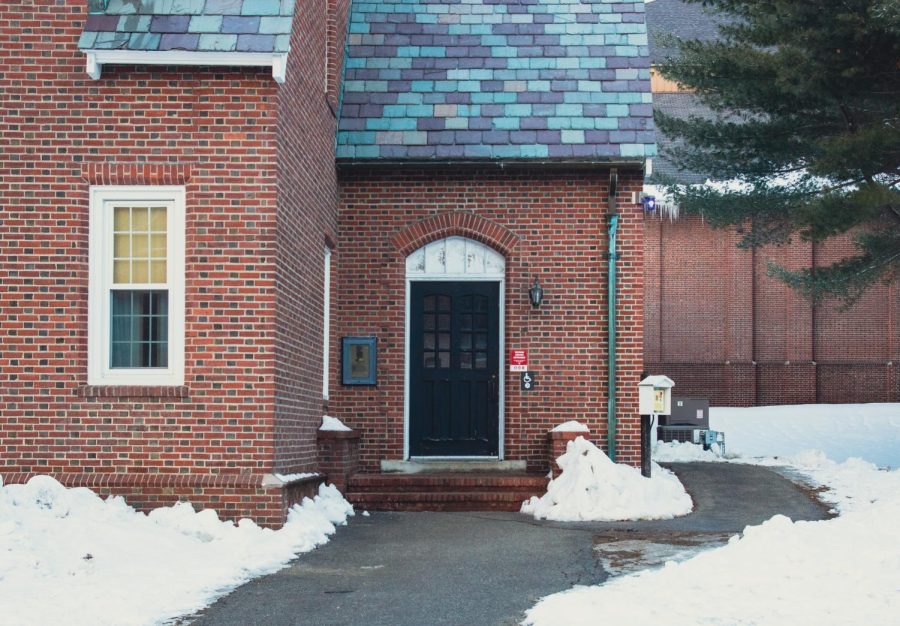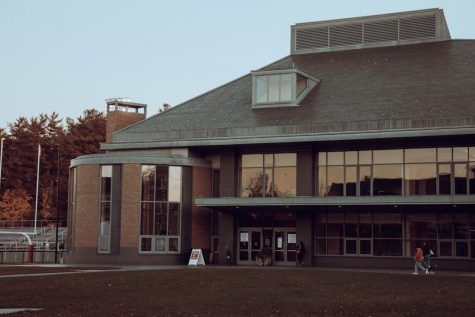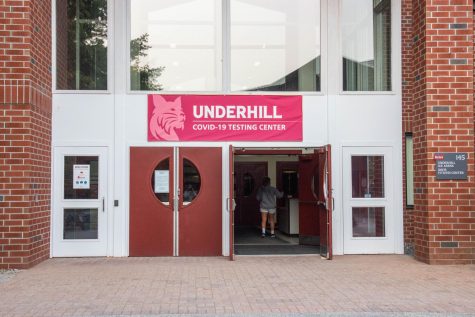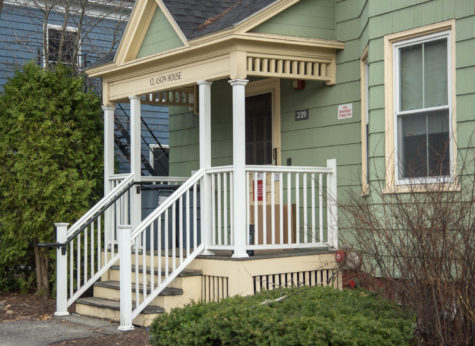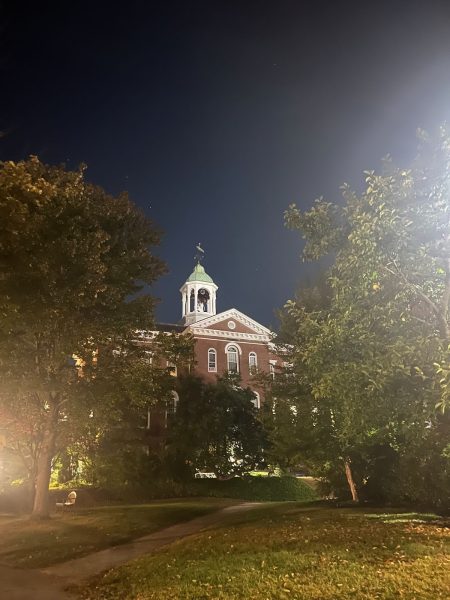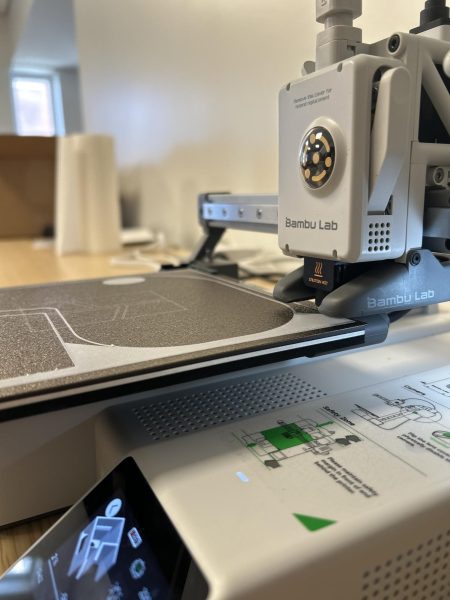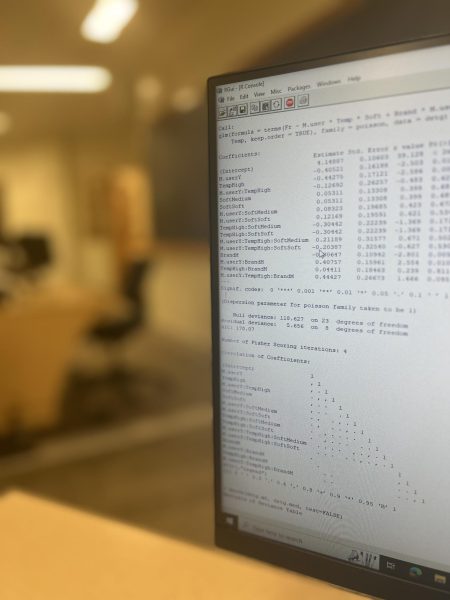Omicron BA.2 Causes Campus Case Increase, Public Health Policies Remain Same
Across the United States, COVID-19 cases have risen due to the new omicron BA.2 variant. According to the Center for Disease Control website, the majority of Maine’s counties have remained at the green level, including Androscoggin County. But, the college, too, has seen a resurgence in COVID-19 cases.
On April 4, Vice President of Campus Life Joshua McIntosh sent another COVID-19 Campus Update, citing that there were 23 active student cases and two active employee cases. The email reported that on Tuesday, March 29, the positivity rate for student testing was 1.4%, or 18 students. For Thursday, March 31, the rate was 0.6%, or 8 students.
“While COVID-19 is elevated on campus, the CDC website indicates that most of Maine is in the ‘green’ level,” wrote McIntosh. “Early in March, as we considered and adjusted our campus policies, our public health advisors indicated that we should expect to see an increase in the number of cases due to the BA.2 variant that was occurring elsewhere in the world, and our current case numbers are consistent with their expectations.”
In response to the rise in cases, the college has temporarily returned to antigen testing so that cases can be reported in a more timely manner, especially given that many students were traveling during March break, said McIntosh.
The email emphasized that the elevated number of cases correlated with the expectations of the college. Yet, despite the college’s efforts to report cases more quickly with the rapid antigen tests, they have continued to make the use of masks optional, but strongly encouraged.
In a recent survey sent out by The Student, some students stated that the current policies are right for the current circumstances.
“I think the college has done a good job. There was inevitably going to be a rise in cases after restrictions were lifted and that’s what we’re seeing now. Professors seem to be comfortable asking students to wear masks in situations where they feel it should be required, and I don’t think there is much pressure on voluntary mask-wearers to take their masks off in social settings,” a student from the class of 2022 said.
The student continued, “People will continue to get covid, but it seems to be the case that if an individual is particularly worried about their own safety, there is nothing stopping them from protecting themselves, and for a cautious individual the campus does not seem to be a dangerous place at the moment.”
Other students expressed frustration about the ongoing testing despite the school continuing with the mask-optional policy. One student from the class of 2024 said the current policies are economically and environmentally wasteful given the United States’ efforts to transition from pandemic to endemic.
“If they are going to let people out [on] day 5 and have maskless classes, they need to also stop unnecessary testing [of] kids twice a week,” said another student from the class of 2024. “If you are going to pretend covid is over in other areas of the school, you also need to consider ending mandatory testing.”
Despite maskless campus events such as Gala being allowed to continue, the school has carried on with testing students.
“I admire that Bates has pursued a strict testing policy in the past but as the pandemic changes, we need to change with it,” wrote a student from the class of 2025. “With a population as young as Bates, with our high vaccination rates and predictable covid-positive numbers, I think it’s high time we lessen testing and wear masks at the request of our professors and staff.”
When asked about whether the school plans to phase out testing during the rest of the school year, the college said they are still exploring the issue and are consulting with the public health advisors at the Mayo Clinic to inform the decision.
Philosophy Professor David Cummiskey said he is happy to follow the recommendations of the CDC and the Mayo Clinic advisors, and also stated that the current policies have better aided his teaching.
“The responses and reactions on the faces of students cues my teaching, and signals to me when I need to elaborate more and when we are ready to move on to the next point. That said, teaching styles vary in good ways and I respect the decisions of others to retain masking in classrooms.”
Your donation will support the student journalists of Bates College and help us cover our annual website hosting costs.


